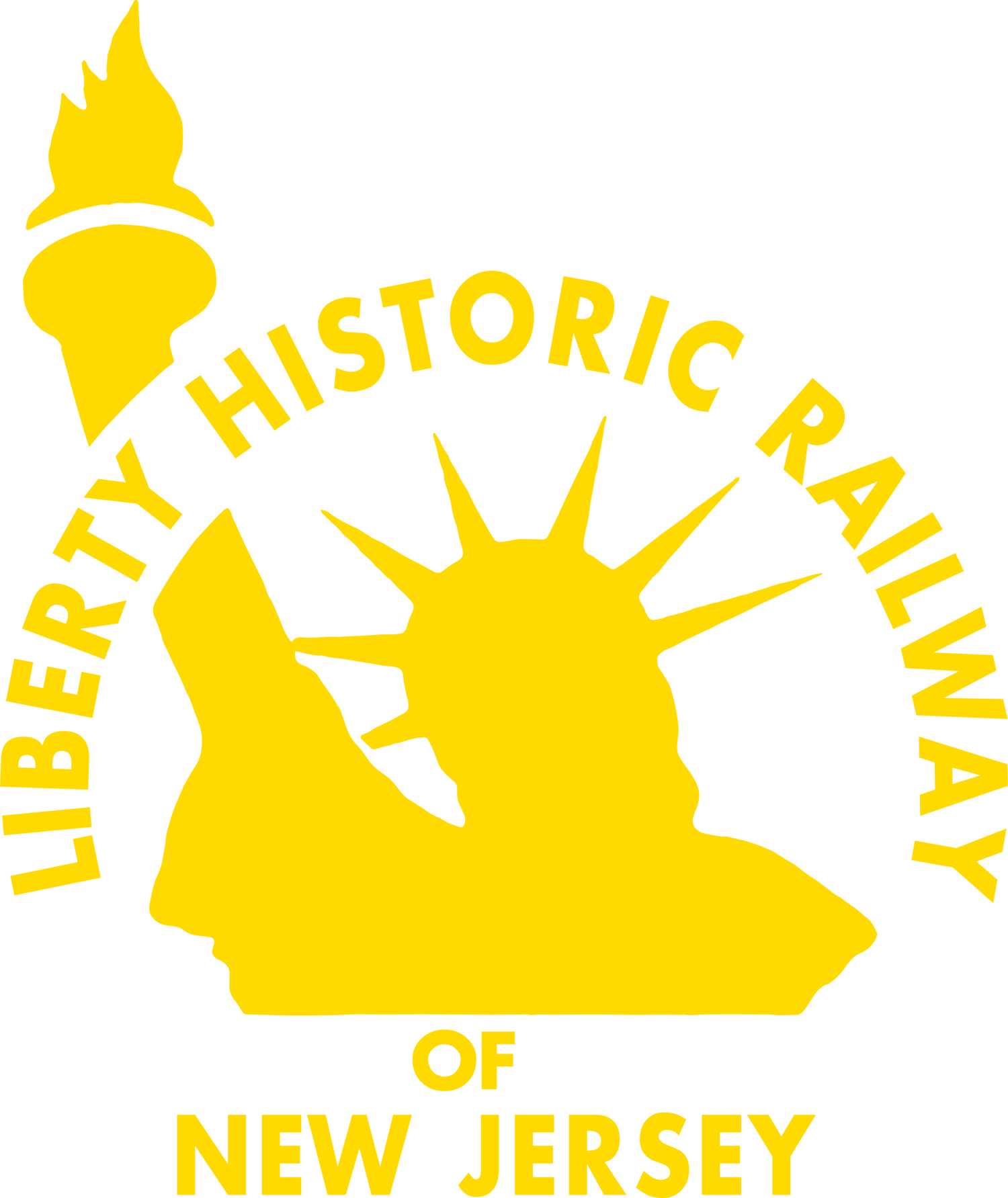Liberty Historic Railway’s efforts to date have been aimed at providing historic trolley shuttle service in Liberty State Park to enhance park-user mobility, improve visitor access, and reduce motor vehicle traffic and parking demand, as well as to provide displays of heritage rail equipment under a restored Jersey Central Jersey City Terminal Train Shed. The directors of LHRy have decided that a moratorium on continued efforts to these ends is warranted. One exception is our third attempt to get the Train Shed listed on the 11 Most Endangered Structures list of the National Trust for Historic Preservation. This decision was based on a number of reasons. As is well known, Liberty State Park sustained extensive damage from Hurricane Sandy in 2012, requiring that all officials responsible for this singular park dedicate maximum attention to repairing and remedying damage done to it. Also, while an expert independent study recently validated the trolley shuttle concept, one significant stakeholder group has declared its adamant opposition.
In the interest of the public and for the overall future vitality of Liberty State Park, LHRy will continue to call attention to the deplorable condition of the Train Shed as an integral part of the historic Jersey Central Terminal, which is the Park’s crown jewel. In the judgment of LHRy’s directors, it is unacceptable that the Terminal’s entire vast Train Shed area continues to be in danger of partial or complete collapse and thus completely off limits to the public. Past planning studies have concluded that the Train Shed, if restored, could be used for many and varied activities that could enhance the Park experience and make the Park an even better venue. However, a professional fund-raising feasibility study, paid for by LHRy, has concluded that raising the needed restoration funding through non-governmental sources will not be possible.
LHRy will continue to advocate for the preservation of historic rail transportation structures and equipment in New Jersey, including the use of those resources as an attractive and viable means of transport, education and public access.
